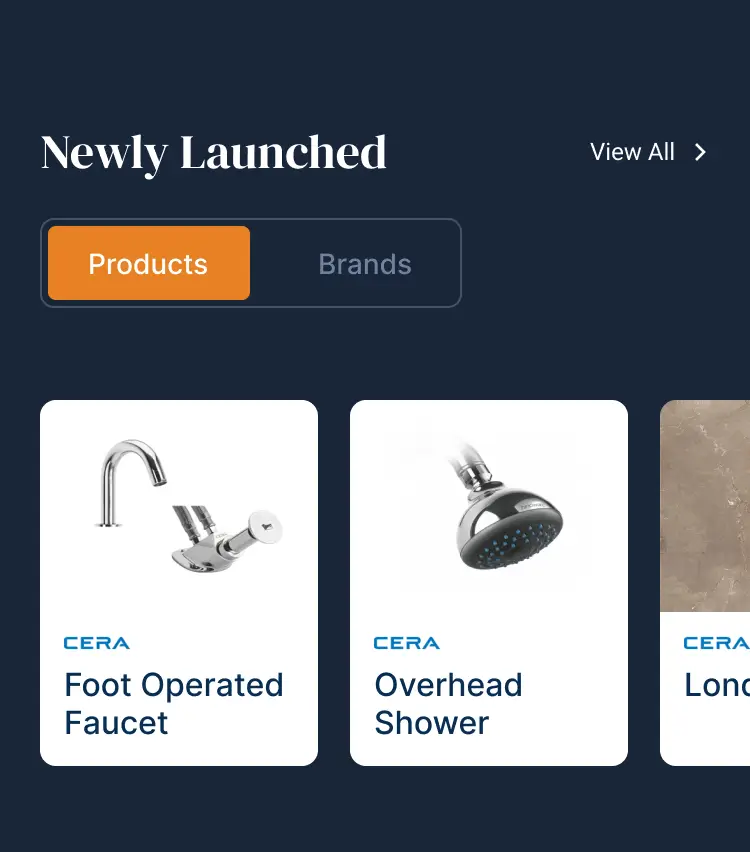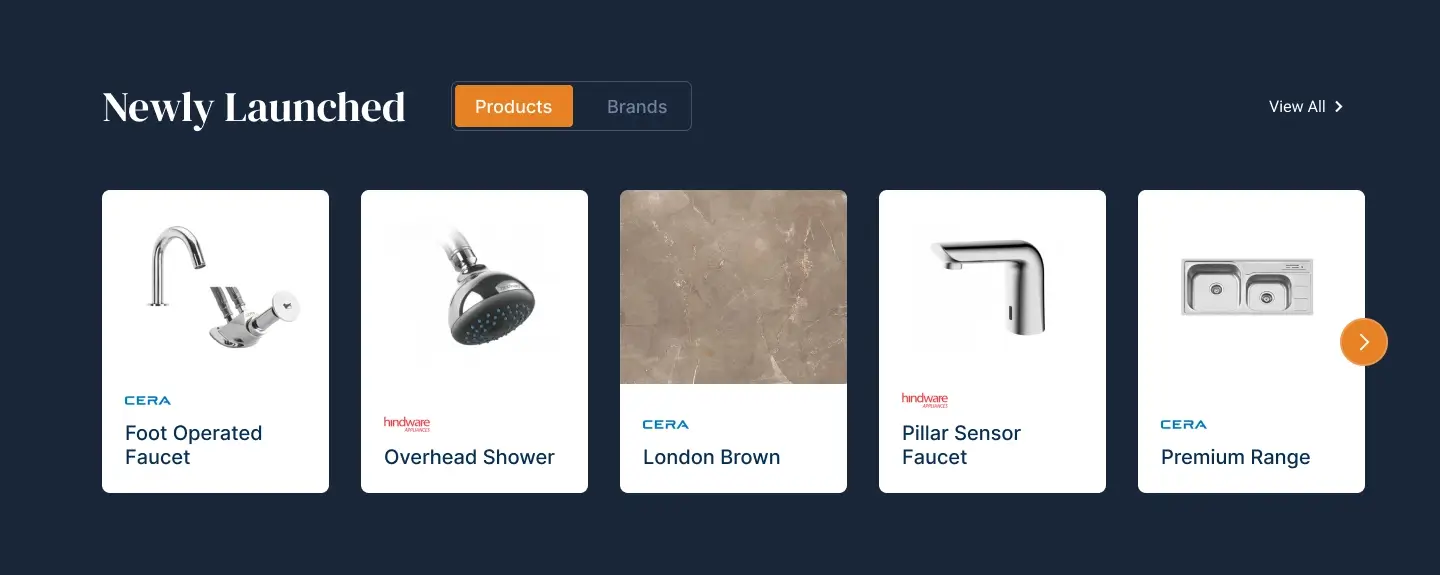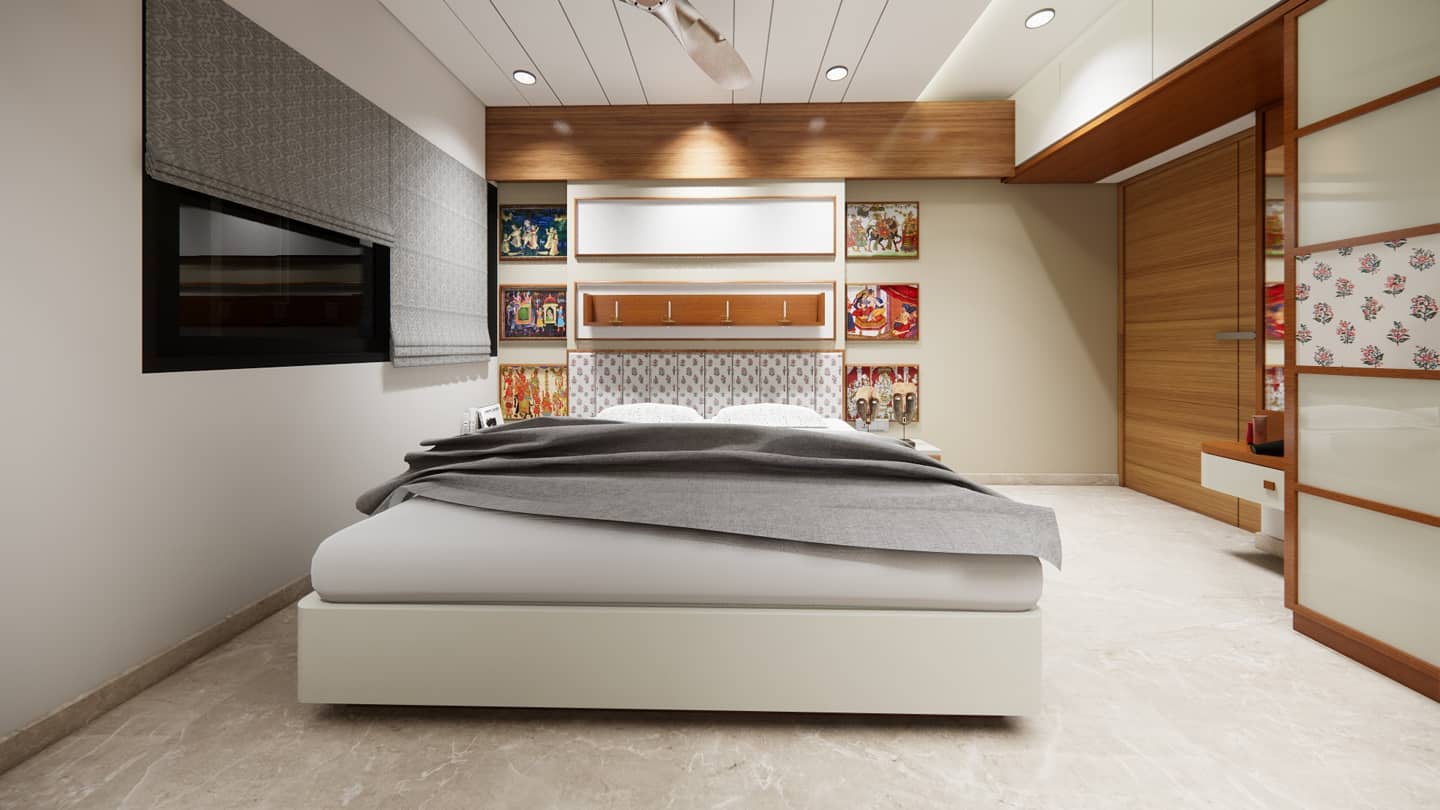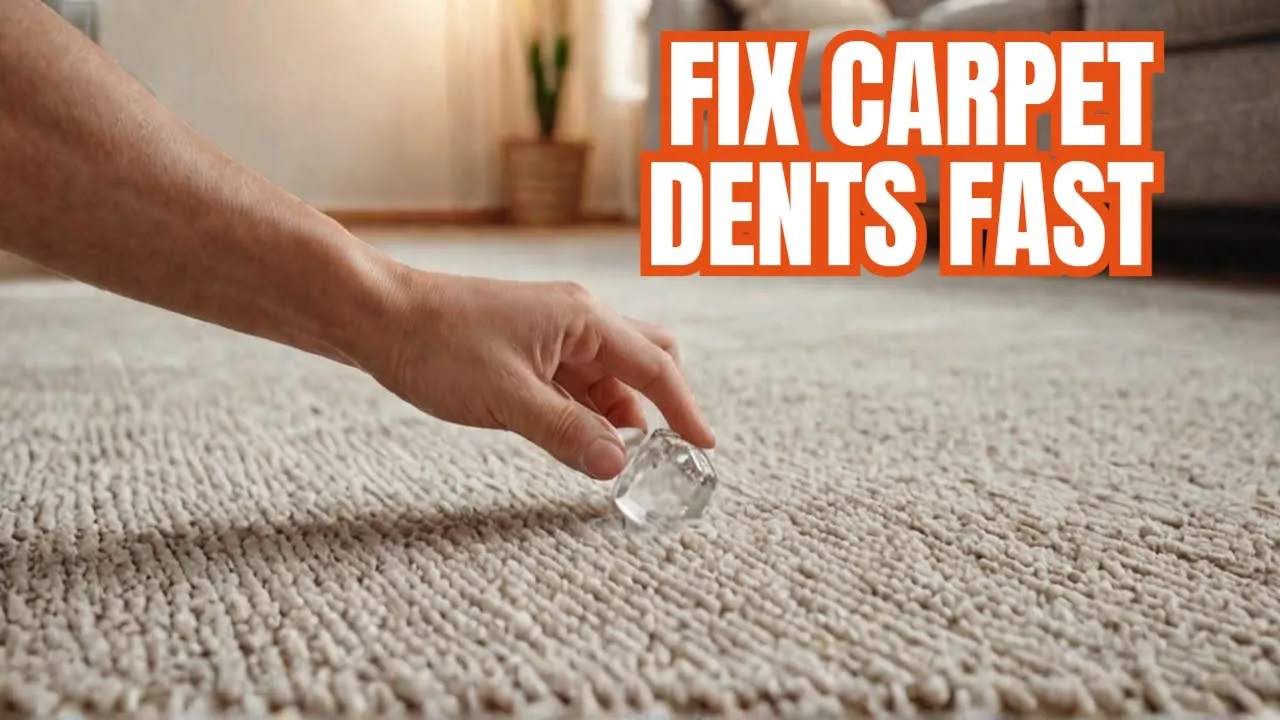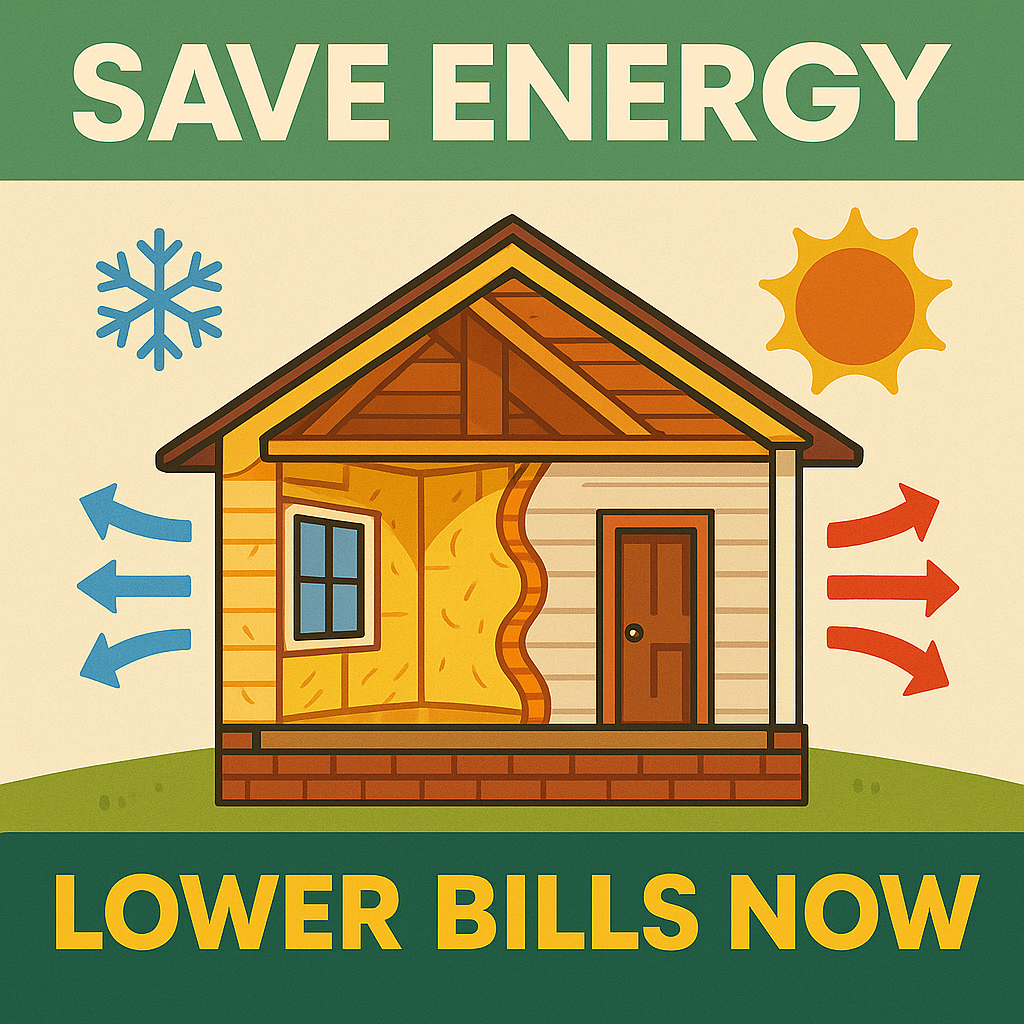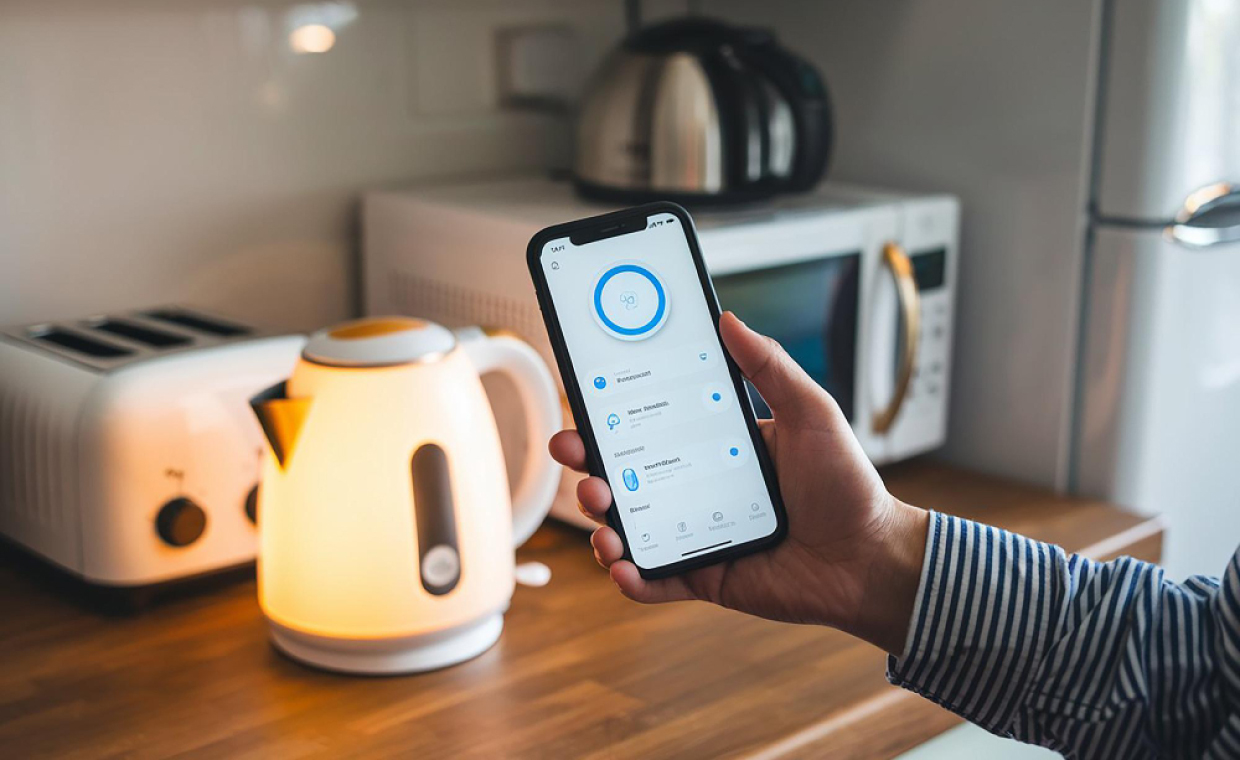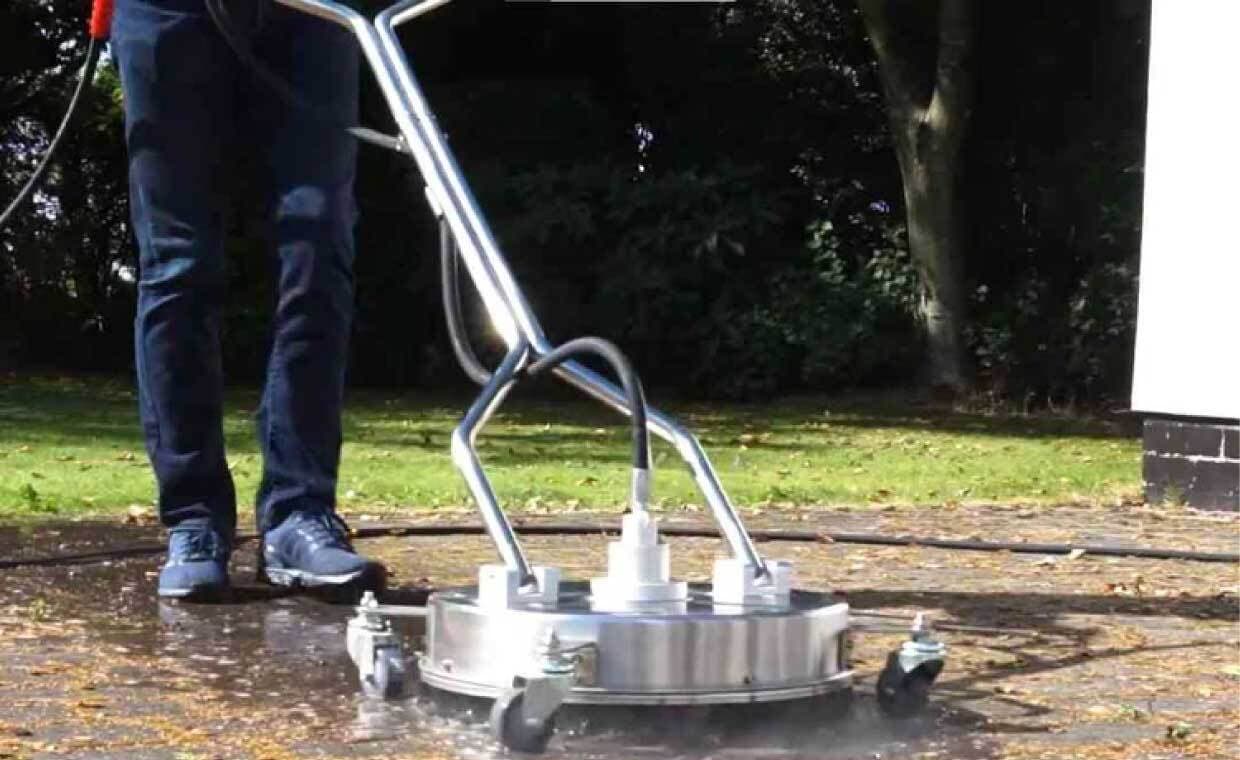
Table of Contents
Like many people, you probably have had that moment when you tried cleaning a concrete driveway with a regular mop only to realize later that a quality surface cleaner would’ve made the job much easier. Or, perhaps, you’re in charge of maintaining commercial floors that see hundreds of people daily, and your current cleaning setup just isn’t cutting it anymore.
That’s exactly when most people discover they need something beyond the standard mop-and-bucket routine. Surface cleaners have become the go-to solution for anyone dealing with large areas that demand serious cleaning power, from homeowners tackling neglected patios to facility managers keeping industrial spaces spotless.
But here’s where it gets tricky. Walk into any equipment store or browse online, and you’ll be hit with dozens of surface cleaner options. Some are genuinely game-changing equipment, while others will leave you wondering why you didn’t stick with the mop.
So, what makes these machines tick, and how can different features make or break your cleaning experience? Let’s dive into what separates the game-changers from the garage sale finds.
The Real Deal About Why Surface Cleaning Matters

Here’s something most people don’t consider: the surfaces around us are magnets for everything we’d rather not think about. Your kitchen counter, that door handle you touch twenty times a day, even your patio where the kids play – they’re all collecting dirt, bacteria, and viruses, at a rate that might surprise you.
The problem with these contaminants is that their presence creates both aesthetic and health-related challenges that compound over time.
Surface cleaning breaks what the experts call the “contamination chain.” In places like hospitals and clinics, for example, cleaning gets rid of visible dirt and grime. But, it is only through proper disinfection that the microscopic threats that could actually make people sick can be eliminated.
Research has shown that the surfaces we touch constantly are often teeming with various microorganisms. We’re talking Gram-positive and Gram-negative bacteria, various viruses, yeasts, and parasites–a microscopic ecosystem you definitely don’t want thriving in your space. Without consistent, thorough cleaning, these everyday surfaces essentially become distribution centers for whatever bugs happen to be making the rounds.
The Hartmann Science Center puts it well when they describe surface cleaning as part of a “multi-barrier system” for infection prevention.
What that means is that effective surface cleaning actually makes disinfection work better. When dirt and debris build up, they can literally interfere with how well disinfectants do their job. Clean first, then disinfect–that’s the sequence that actually gets results.
How Surface Cleaners Function

Surface cleaners are a significant leap forward from traditional cleaning methods. They’re designed to deliver consistent results while keeping safety front and center.
Here’s how they work: A rotating mechanism is completely enclosed in a protective housing. The setup directs pressurized water evenly across whatever surface you’re working on. The result is thorough removal of dirt, grime, and those stubborn stains that seem permanently attached–all without risking damage to the underlying material. No more accidentally etching your concrete or stripping paint off surfaces that weren’t meant to handle that kind of intensity.
These machines prove their worth on large, flat areas. Driveways, patios, wooden decks, expansive industrial floors–basically any space where traditional cleaning tools would leave you exhausted and probably still unsatisfied with the results. Surface cleaners handle these challenging areas with remarkable efficiency and consistency.
What Makes Some Surface Cleaners Worth Buying
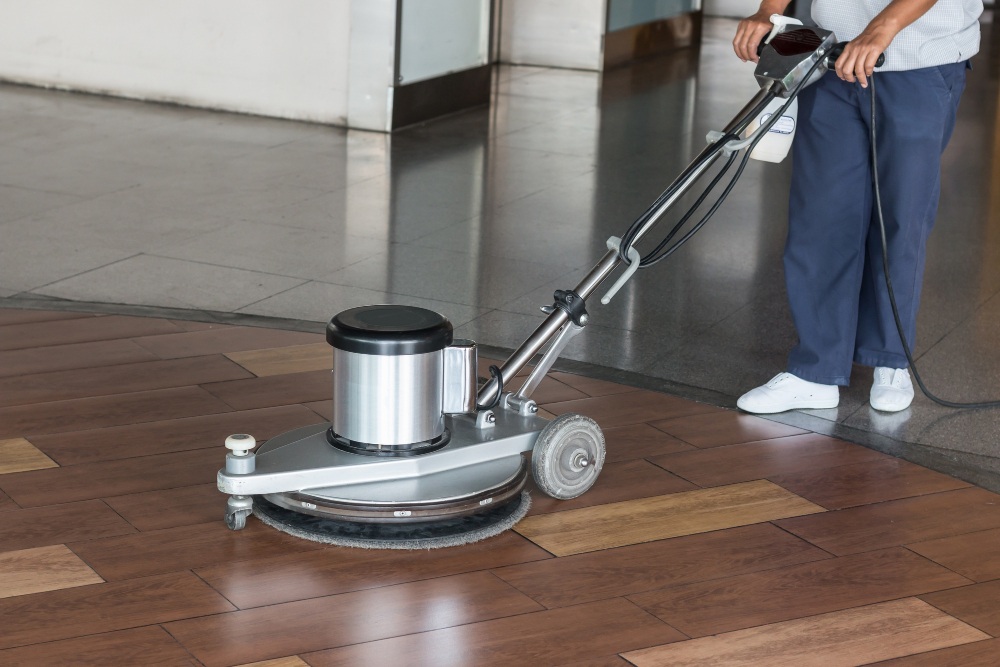
When you’re ready to invest in a surface cleaner that’ll live up to your expectations, here’s what really matters:
1. Cleaning Performance That Delivers Real Results
The foundation of any worthwhile surface cleaner comes down to its ability to maintain steady water pressure while distributing it evenly across your cleaning area. You want models with solid rotating mechanisms and compatibility with high-pressure systems. These two features working together can tackle even the most stubborn buildup on large, flat surfaces.
Without these basics working properly, you’ll find yourself going over the same spots repeatedly, which defeats the whole purpose of upgrading your cleaning equipment in the first place.
2. Flexibility for Different Cleaning Situations
While surface cleaners themselves don’t typically have adjustable settings, the pressure washers they connect to certainly do.
This pressure control becomes incredibly valuable when you’re dealing with different surface types. Delicate materials like wood decking or painted surfaces need gentler pressure settings. Meanwhile, tough surfaces like concrete and stone can handle–and often need–higher intensity to get thoroughly clean.
3. Design That Actually Considers the User
Anyone who’s spent a few hours cleaning knows how quickly fatigue becomes a real problem with poorly designed equipment. Smart shopping means looking for lightweight models with genuine ergonomic features.
Well-designed handles and thoughtful weight distribution can literally transform what might otherwise feel like punishment into something manageable. Beyond offering comfort, it lets you finish the job properly without your arms giving out halfway through.
4. Environmental Considerations That Make Sense
Modern surface cleaners increasingly focus on efficiency rather than brute force. Features that minimize water waste and reduce the need for harsh chemicals aren’t just good for the planet–they’re often better for your health and your wallet too. Some units are designed to work effectively with biodegradable cleaning solutions, giving you powerful results without the environmental guilt.
5. Construction That Can Handle Regular Use
Sure, quality construction might cost more upfront. But it pays dividends over time. Stainless steel components resist corrosion better than cheaper alternatives, while reinforced plastics can handle the inevitable bumps and drops that come with regular use. When you’re investing in equipment that should serve you for years, build quality becomes a critical factor in long-term satisfaction.
6. Options for Expanding Capabilities
Versatility often comes through well-designed accessories. Interchangeable nozzles, extension wands, and specialized attachments are some additions that can expand what your surface cleaner can handle.
Such adaptability often becomes invaluable as your cleaning needs change over time. What starts as a simple driveway cleaning project might eventually include deck maintenance, patio restoration, or even light commercial work.
Getting the Most from Your Surface Cleaner

Having quality equipment is obviously important, but knowing how to use it effectively makes the difference between great results and mediocre ones, while protecting the surfaces you’re working on.
- Preparation matters. Take the time to clear your work area completely. Furniture, decorations, anything that might get in your way or risk accidental damage needs to be moved out of the cleaning zone.
- Double-check your connections and settings. Ensure your surface cleaner connects properly to your pressure washer or water source. Take a moment to verify that your pressure settings match what’s appropriate for the specific surface you’re about to clean.
- Match your approach to your surface. Delicate surfaces like wood decking call for lower pressure settings. Concrete and stone can typically handle more aggressive cleaning pressure, which often produces better results on these tougher materials.
- Develop a consistent technique. Move your surface cleaner in steady, overlapping strokes across the surface. This approach ensures complete coverage while preventing those streaked patterns that result from uneven cleaning.
- Know when enough is enough. Resist the temptation to linger too long in any single spot. Over-cleaning can lead to surface damage, especially on more delicate materials.
- Tackle problem areas first. Heavily soiled spots or stubborn stains often respond better to preliminary treatment with appropriate cleaning solutions before you bring in the surface cleaner.
- Finish the job properly. Always rinse thoroughly after cleaning to remove any remaining residue. Then allow adequate drying time before putting furniture back or allowing foot traffic.
- Keep your equipment in good shape. Regular cleaning of nozzles and periodic inspections for wear keep your surface cleaner performing at its best and extend its useful life significantly.
Making a Choice That Actually Works for You
Selecting an effective surface cleaner really comes down to understanding what you actually need and prioritizing the features that matter most for your particular situation. Focus on proven cleaning performance, pressure adaptability, user-friendly design, durability, and environmentally responsible operation.
When you make the right choice, surface cleaning stops being that dreaded weekend chore and becomes an efficient process that actually delivers the results you’re looking for. Your spaces stay both hygienic and visually appealing without the backbreaking effort.
Frequently Asked Questions
1. How long can you reasonably expect a surface cleaner to last?
It depends heavily on build quality, how often you use it, and how well you take care of it. Quality models with proper maintenance–including regular nozzle cleaning and keeping an eye on wear patterns–typically give you several years of reliable service. Cheap ones might last a season or two if you’re lucky.
2. Can I use surface cleaners indoors safely?
Many surface cleaners work fine indoors, provided you have adequate ventilation and adjust pressure settings appropriately. Indoor use requires more attention to water management and surface protection.
3. Will any surface cleaner work with any pressure washer?
Most surface cleaners are designed to work with a wide range of pressure washers, but you absolutely want to check PSI (pounds per square inch) and GPM (gallons per minute) specifications to make sure you get optimal performance. Mismatched equipment usually means disappointing results.
4. How do you figure out what size surface cleaner you actually need?
Size selection really depends on what you typically clean. Larger models excel in extensive spaces like driveways and large patios. Smaller units work better for confined areas or when you need to do detailed cleaning work.
5. Can this equipment handle vertical surfaces?
Most surface cleaners are designed specifically for horizontal surfaces, but some models come with adaptable designs or specialized attachments that let you tackle vertical surfaces for specific cleaning applications. It’s not their primary strength, but it’s possible with the right equipment.
Also Read: The Top 6 Vacuuming Tips for Faster and Deeper Cleaning
Image Courtesy: Image 1 - Equipmaxx




